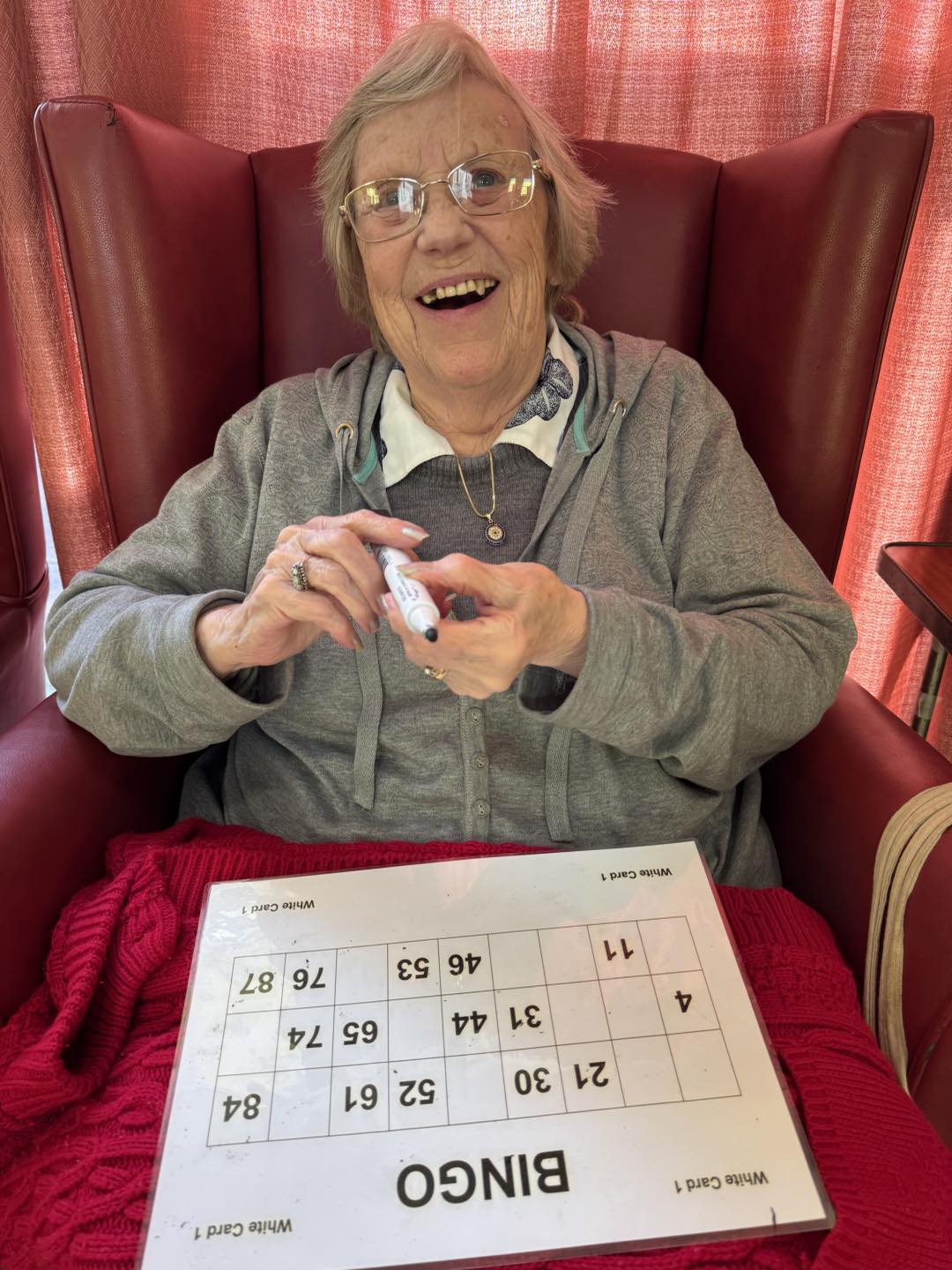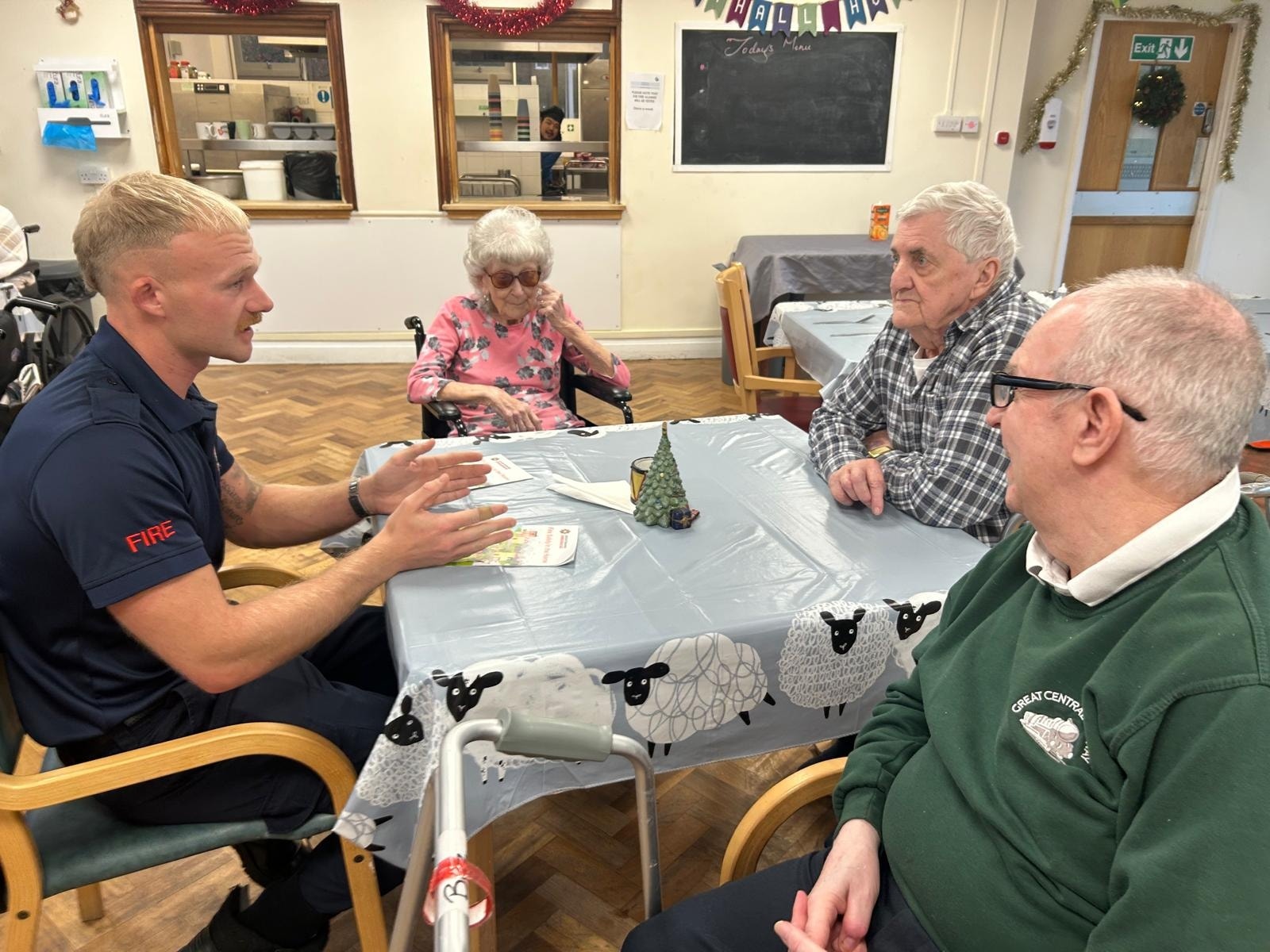Imagine your elderly neighbour, Mrs. Johnson, who recently moved into a cosy house down the street that’s always bustling with caregivers and a few other seniors. That’s a board and care home, a type of residential care for older adults who can’t live independently but don’t need the full-blown medical services of a nursing home.
You’re probably wondering how these homes operate, who benefits from them the most, and what services they offer. As you consider the future care needs of your loved ones or even your own, understanding the unique advantages and challenges of board and care homes could provide important insights into making an informed decision.
Key Takeaways
– Board and care homes offer personalised, home-like environments for individuals needing assistance with daily activities.
– They cater to a small number of residents, ensuring more intimate care and attention.
– Ideal for seniors or those with limited mobility who do not require full-time medical care.
– Costs can be managed through government subsidies, insurance, and other financial assistance programs.
Defining Board and Care Homes
Board and care homes, also known as residential care homes, offer personalised attention and support to residents in a home-like setting, ensuring their comfort and safety. These facilities provide a more intimate environment than larger institutions, housing a smaller number of residents. This setup allows for a higher level of care and interaction between staff and residents, fostering a sense of community and belonging.
Different facility types cater to varying needs and preferences, but all board and care homes operate with a common goal: to provide a safe, nurturing environment for those who require assistance with daily living activities. The size and specific services offered can vary widely, from homes that specialise in memory care to those that offer more general assistance.
Regulatory standards play an important role in maintaining the quality and safety of board and care homes. These regulations guarantee that homes meet specific health, safety, and operational criteria, providing peace of mind for residents and their families. Complying with these standards means that homes are regularly inspected and staff are properly trained, ensuring that care isn’t only consistent but also compassionate and respectful of each resident’s individual needs.
Ideal Candidates for Care
Determining if you or a loved one is an ideal candidate for board and care homes involves gauging the level of assistance required with daily activities and personal care. It’s important to understand that these homes cater to individuals who can’t live independently but don’t need the full-time medical care provided in nursing homes. Here are key factors to take into account:
- Age Restrictions: Most board and care homes have minimum age requirements, typically catering to seniors. Make sure you meet these criteria before proceeding.
- Health Requirements: While intensive medical care isn’t the focus, certain health conditions that can be managed with minimal medical intervention are often accommodated. Understanding the specific health requirements is essential.
- Mobility: If you have limited mobility but don’t require constant medical attention, board and care homes could be suitable, offering the necessary support for daily activities.
- Social Needs: These homes also provide social engagement and activities, ideal for individuals seeking companionship and community involvement without the demands of maintaining a household.
Choosing the right care option is pivotal, and board and care homes offer a blend of assistance and independence tailored to specific needs, respecting age and health conditions.
Services Provided
At the heart of every board and care home is a range of services designed to enhance the quality of life and independence for residents, focusing on personalised assistance with daily activities. These homes are equipped to offer you or your loved one support with routine tasks that might’ve become challenging, ensuring a comfortable and dignified living environment.
Meal planning and preparation are central to the services provided. Nutritious meals are tailored to meet dietary needs and preferences, ensuring residents receive balanced, enjoyable meals that contribute to their overall health and well-being. It’s not just about the food; it’s about making mealtime a pleasant, social experience that residents can look forward to each day.
Recreational activities are another pillar of service, aimed at keeping residents engaged and connected. From arts and crafts to music sessions and gentle exercise classes, these activities are designed to stimulate the mind and body, promoting a sense of community and belonging. You’ll find that there’s always something going on to encourage participation and enhance social interactions among residents, making every day as fulfilling as possible.
Choosing the Right Home
How do you choose the right board and care home that aligns with your needs or those of your loved one? It’s a decision that requires thoughtful consideration, understanding, and empathy. Finding a place where you or your loved one will feel comfortable, respected, and well-cared for involves several important factors:
- Evaluate Location Preferences: The home’s location can greatly impact your or your loved one’s well-being. Consider proximity to family, friends, and medical facilities. A location that facilitates easy visits can enhance family involvement and support.
- Assess the Level of Care Needed: Make sure the home provides the necessary level of care. This includes medical monitoring, assistance with daily activities, and any specialised care requirements.
- Visit the Home Personally: There’s no substitute for a personal visit. Observe the living conditions, interact with staff and residents, and get a feel for the community atmosphere.
- Check for Licensing and Violations: Verify that the home is properly licensed and inquire about any past violations. A clean record is a good indicator of a well-run facility.
Choosing the right home involves balancing practical considerations with emotional ones, ensuring that the chosen facility meets both the physical and emotional needs of its residents.
Costs and Financing Options
After carefully choosing the right board and care home, it’s important to explore the financial aspects and explore the various options available for covering costs. Understanding the expenses involved can seem challenging, but there are several pathways you can consider to alleviate the financial burden.
First and foremost, government subsidies are a critical resource for many families. Depending on your or your loved one’s eligibility, programs like Medicaid can cover a significant portion of the costs associated with board and care homes. It’s important to research and apply for any state or federal assistance programs for which you might qualify, as these can greatly reduce out-of-pocket expenses.
Additionally, insurance coverage plays a key role in financing board and care home expenses. Long-term care insurance, in particular, can provide substantial coverage for these types of services. However, policies vary greatly, so it’s necessary to review your policy or consult with an insurance professional to understand what’s covered.
Exploring the costs of board and care homes can be challenging, but by leveraging government subsidies and insurance coverage, you can find a financially feasible path that ensures your loved one receives the care they need.
Frequently Asked Questions
How Do Board and Care Homes Address Emergency Medical Situations or Unexpected Health Issues?
When you’re in a board and care home, they’ve got emergency protocols and regular health screenings to quickly address any sudden medical issues or unexpected health problems, ensuring you’re always in safe and caring hands.
Can Residents Customise Their Living Space or Bring Personal Furniture to Board and Care Homes?
Yes, you can customise your living space and bring personal furniture to most board and care homes, but you’ll need to check their decoration policies and room dimensions to make sure everything fits comfortably.
What Are the Common Policies Regarding Visitation and Overnight Stays for Family Members in Board and Care Homes?
Ironically, you might find stricter visitation policies than meal policies in board and care homes. They usually have clear guidelines on visits and overnight stays, often influenced by financial arrangements, ensuring a balance of care and security.
How Do Board and Care Homes Ensure the Safety and Security of Their Residents, Particularly Those With Cognitive Impairments?
To guarantee residents’ safety, especially those with cognitive impairments, board and care homes implement strict meal planning and garden accessibility protocols, guaranteeing a secure environment while fostering independence and enjoyment in a compassionate, detail-oriented manner.
Are There Any Programs or Activities Designed to Accommodate Residents With Specific Cultural or Religious Needs in Board and Care Homes?
Yes, many board and care homes offer programs and activities that include cultural celebrations and religious accommodations, ensuring you feel respected and connected to your heritage and beliefs while living in their community.
Conclusion
In your search for a cosy, supportive living situation for yourself or a loved one, board and care homes might just hit the mark. They offer a unique blend of personalised care and homely atmosphere, catering especially well to those needing a bit more attention.
While the costs and choices may seem challenging, there’s a perfect match out there for every need and budget. Explore the options, and you’ll find a place where warmth and care illuminate every corner.




